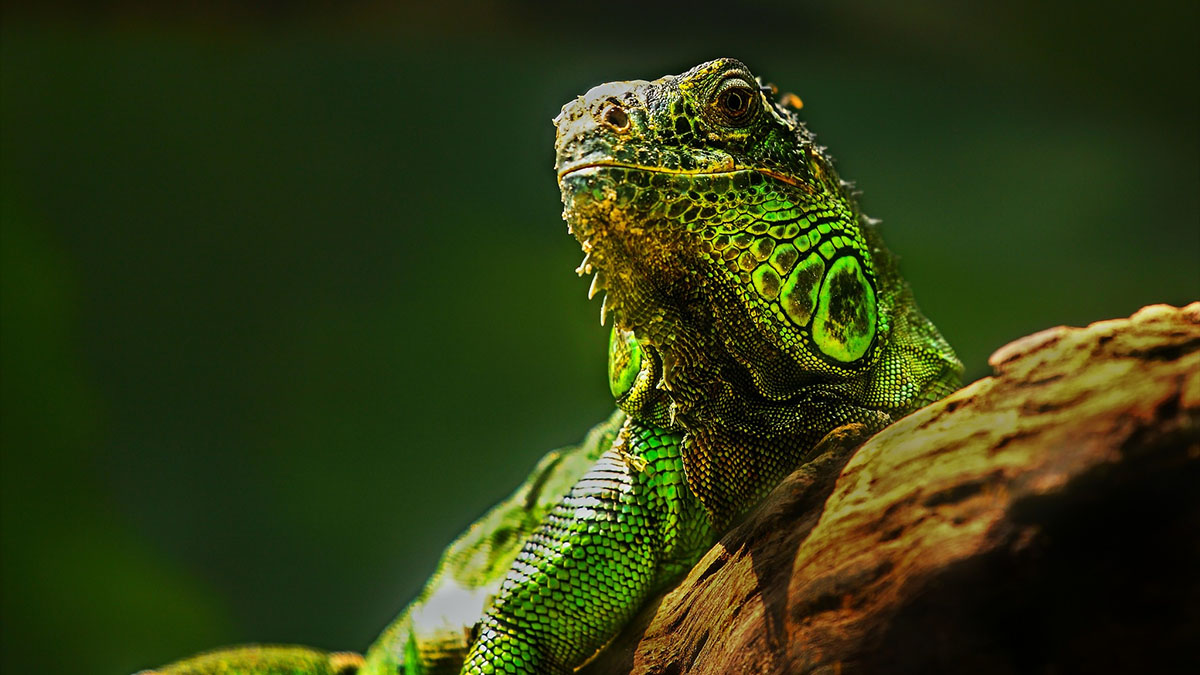the daily galaxy strikes yet again

When I got a link to an article about something called “hyper-evolution,” a mechanism in the back of my mind was sure that the popular science tabloid, The Daily Galaxy, was somehow involved. And sure enough, it was a Galaxy post about the rapid changes observed in a small group lizards which were introduced to a new habitat for a 36 year experiment which tracked down the rate of evolutionary change in the species. It sounds pretty amazing and given previous instances of series scientific studies being grossly misrepresented on the site, possibly incorrect. However the study is absolutely legit and the lizards actually did develop some brand new features with amazing speed.
In just a few generations spent on an island with different food sources, the lizards not only developed a new head shape that allows them to better exploit the abundance of edible fauna, they also started to show signs of fermentation chambers in their guts. The findings were detailed in a Science Daily article that the writers at the Galaxy copied virtually word for word. While a lot of experts are still not sure what to make of the explosive rate of evolution seen in the experimental lizard population, one thing I can note is that the term “hyper-evolution” is a profoundly unscientific way to describe it. It’s one of those fluffy, almost transhumanist terms used by people who don’t really understand the premise behind the theory.
There is no such scientific term as hyper-evolution. Organisms just evolve at different rates and under different circumstances. It all falls under the same set of processes which apply to different creatures with very different results. Worse yet, the Galaxy didn’t even attempt to figure out or venture a guess why the lizards changed so much in so little time. Couldn’t they have called a biologist and asked to aim them in the right direction? After all, they’re trying to report on science news, something involves reaching out to the scientific community and creating relationships with experts who can clarify complex materials you can’t quite understand on your own. Even if the experts don’t know, they could offer some sort of hypothesis or give an idea of what the next steps in analyzing the results might be.
Oh and here’s one more note to make. The details of the study were published in 2008 and the article on Science Daily which was copied very extensively for the Galaxy post came out just a few days after the publication. It’s not that the Galaxy was slow in picking up the story. In fact, they usually catch on science stories within hours. But in this case, the post was a Galaxy Classic, basically a post written more than six months ago and re-published to get more hits on it on the second go. I’m curious if the “classic” posts will return a third time under the Galaxy Vintage category. As long as they’re repackaging old news with no real contributions of their own and blasting them across Digg, they might as well see just how much mileage they can get out of the same story.





